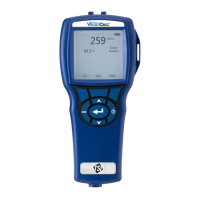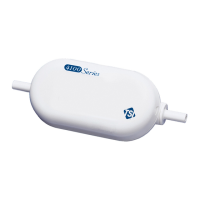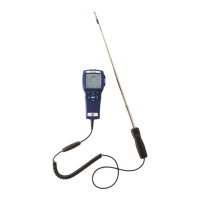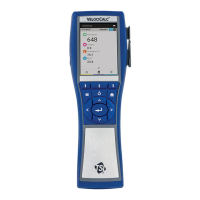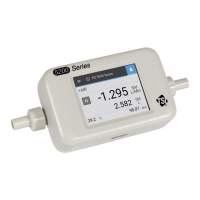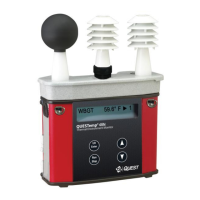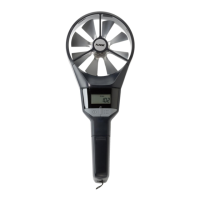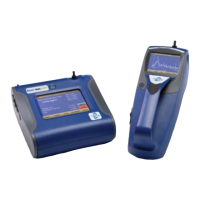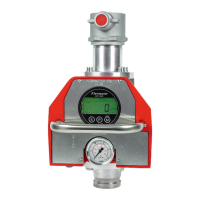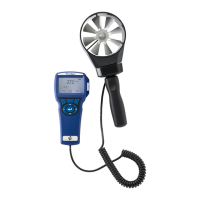Version 1.7 (June 2017)
TSI Flowmeters Ltd.
IMPORTANT – PLEASE READ THIS SECTION
BEFORE USING YOUR FLOWMASTER
4.1
PRECAUTIONS
!
It is important to think safety rst, especially when
working with pressure.
Please ensure the Flowmaster is securely attached to
the service tting (eg, hydrant outlet, pump, etc) before
pressurizing.
Please consider carefully the expected system pressures
if you plan to use a length of hose between the service
point and the Flowmaster, as shown in gure 4.6. For
pressures exceeding 5 bar, the weight of the Flowmaster
may not be sufcient to ensure the meter will remain
on the ground. If service pressure exceeds 7 bar, the
meter at the end of a hose will move freely in the air
and this is very dangerous.
!
!
!
Fig. 4.6 Caution! Never allow the Flowmaster to be
used in an open-ended position. It is essential to secure
the Flowmaster so that it cannot move about freely
10
4.2
FLOW & RESIDUAL PRESSURE MEASUREMENT
Note 1
Flow reading is generally taken after dirt and debris in
the water stream have been exhausted and the water is
clear. This will typically take 10 to 20 seconds.
Note 2
Flow measurement can be taken without any attachment
to the Flowmaster outlet.
Note 3
When a residual pressure is required, an attachment
such as a valve or hose length is placed on the
Flowmaster outlet to create back pressure.
!
!
!
1) Attach the Flowmaster to the standpipe and
switch it on
2) Attach valve, hose, etc. to create back pressure
and to direct water to safe location
3) Open hydrant fully so water is owing
4) Read ow (in l.p.m.) and pressure (in bar). When
readings are taken, close hydrant fully

